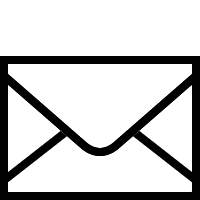Sophie Auger
CV, → ♡
→ ♡
Work
Afterimage
Narrowcasting
If a Token Could Speak
Token Provenance
Publications
Spiral Engineering
Unknown Art Index
Talent Show I & II
Design
Brooklyn Rail
CV,
 → ♡
→ ♡Work
Afterimage
Narrowcasting
If a Token Could Speak
Token Provenance
Publications
Spiral Engineering
Unknown Art Index
Talent Show I & II
Design
Brooklyn Rail
Token Provenance (2021), video projections, inkjet prints, wood frames, LED lights.
[In a dark lit room, two video projections on opposite walls. One shows a series of vertical images.
The other shows an animated character, like a floating head, staring at the camera. Two framed prints are dimly lit by picture frame light.]
In the NFT economy, images are often irrelevant; they serve as substitutes for the transactional context.
Paradoxically, NFTs are at the same time cryptographically
unique; they are not interchangeable. This paradox, coupled with the intangible nature of a new technology still
in the making, feeds the work Provenance, which explores the experience and the status of
the NFT in the context of the art world as well as its impact on notions of archiving. There is a distinction between two types of NFTs; one is a digital-born file, the other is a physical object that
has been digitized for archiving purposes. But physical or digital, blockchain reroutes the provenance of objects;
once made token, the NFT is born and its provenance is made digital. The works in the exhibition are derivatives
of their tokenized originals. In this context, the artwork derives from its archive.






